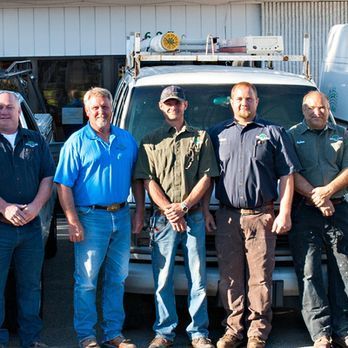How to Replace a Sump Pump
Frozen pipes are a common issue, especially during the cold winter months. When temperatures drop, the water inside pipes can freeze, potentially causing them to burst. Dealing with frozen pipes can be stressful, but with the right knowledge and tools, you can often resolve the issue yourself and prevent costly damage. This guide walks you through the steps to safely thaw and fix frozen pipes.
A Step-by-Step Guide to Replacing Your Sump Pump
Replacing a sump pump might seem like a daunting task, but with the right guidance, it can be a manageable DIY project. In this comprehensive guide, we'll take you through the process of replacing your sump pump and ensuring your basement stays dry and protected.
Step 1: Gather Your Tools and Materials
Before you begin, gather the following tools and materials:
- New sump pump
- Wrench
- Screwdriver
- PVC pipe or hose
- Pipe clamps
- Teflon tape
- Safety goggles and gloves
- Bucket or container
Step 2: Safety First
Ensure your safety by turning off the power to the sump pump and disconnecting it from the electrical source. Put on safety goggles and gloves to protect your eyes and hands during the replacement.
Step 3: Remove the Old Sump Pump
- Unplug the old sump pump from the electrical source.
- Disconnect the discharge pipe or hose from the pump.
- Carefully remove the old sump pump from the sump pit.
Step 4: Prepare the New Sump Pump
Inspect the new sump pump to ensure it's in good condition and ready for installation. Review the manufacturer's instructions for any specific requirements.
Step 5: Install the New Sump Pump
- Place the new sump pump in the sump pit, ensuring it sits level and upright.
- Reconnect the discharge pipe or hose to the pump using pipe clamps and Teflon tape for a secure seal.
Step 6: Test Your Installation
Before restoring power, perform a quick test to ensure everything is in order:
- Pour some water into the sump pit until the float switch activates the pump.
- Observe the pump's operation and check for any leaks or issues.
Step 7: Restore Power
If the test is successful and there are no problems, plug the sump pump back into the electrical source and turn the power on.
Step 8: Regular Maintenance
After the replacement, establish a regular maintenance schedule for your new sump pump. This includes checking for clogs, ensuring the float switch functions properly, and inspecting the discharge pipe or hose for any issues.
Replacing a sump pump may seem like a challenging task, but with the right guidance, it's a manageable DIY project. By following this step-by-step guide and prioritizing safety, you can ensure your basement remains protected from potential flooding, and your new sump pump operates flawlessly.

Emergency Plumbers
At sunshine plumbers, we are proud to be on call 24 hours a day, 365 days a year, ready to provide prompt and reliable emergency plumbing services
Residential Plumbing
Let sunshine plumbers take care of your plumbing needs, and we'll make sure your home's plumbing system runs smoothly and efficiently.
Commercial Plumbing
Trust sunshine plumbers to keep your commercial plumbing system in top shape, ensuring smooth operations and customer satisfaction.
List of Services
Contact
(844) 822-7445
Links
Disclaimer
Sunshine Plumbers.com operates as a plumbing referral company, connecting users with independent plumbers in their local areas. Please take note of the following essential information: Disclaimer
All Rights Reserved | Sunshine Plumbers
